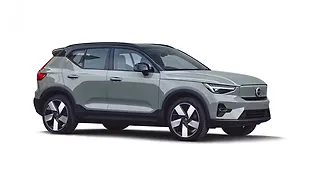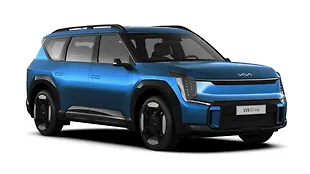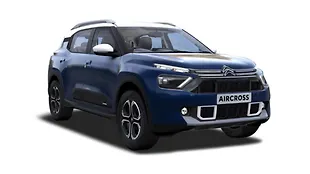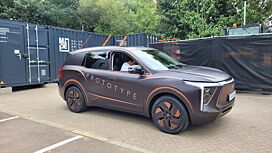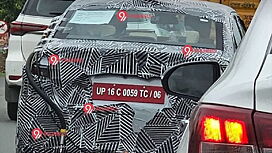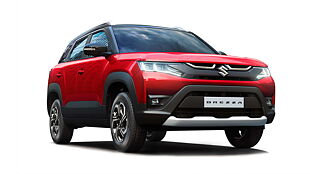Introduction

The cars you see on these pages might be small hatchbacks and at first glance look quite similar, however, underneath they are very different. In the left corner we have the Tata Tiago JTP which is the go-faster version of the standard car, while in the right corner we have the standard Maruti Swift petrol.
The Tata Tiago JTP with more power and stiffer suspension as compared to the Swift definitely has an upper hand. However, the Swift is no slouch, as even in the standard trim it is quite a weapon. It is also the lighter of the two which should help at the tight and technical corners of the MMRT. So which car will come out on top? The more powerful JTP or the underdog Swift? Time to head out on track to find out.

0-100-0kmph test

The Tiago JTP uses similar greasy bits as the standard Tiago to move about, like the steering and chassis, but it does benefit from a tuned engine, suspension and brakes. Here the 1.2-litre mill produces 112bhp and 150Nm of torque as against the 82bhp and 113Nm of torque in the Swift. Plus, the gearbox gets closely stacked second and third gear ratios. So clearly, the JTP has an advantage here to trump the Swift in terms of power and standing start acceleration.

This showed up with the Tiago sprinting from 0-100kmph in 10.31 seconds covering 172.56m, while the Swift took 12.87 seconds to cover 48.31m more of the track. Now the tyres on the Tiago JTP are wider than the regular hatchback, so we were expecting a better grip with more contact patch. But then again, they are quite similar to the Maruti's, which is also a lighter car than the Tata. Despite this interesting mix, the JTP stopped in 3.28 seconds and covered 43.61m, faring better than the Swift (3.68seconds, 49.84m) by a slight margin.
Lap Time

By now, I was convinced that the JTP's powerful engine, re-calibrated throttle maps and the stiffer and lowered suspension set-up should help it win over the Swift by a healthy margin. Right? Not really. Sure, the JTP's 2 minutes 18.58 seconds puts it up a spot higher than the Swift's 2 minutes and 18.78 seconds. But, see the difference. The Swift’s feat was amazing knowing it does not get any performance mods! Sure the higher power output of the Tiago JTP put it in the lead on the straights. This is where it managed a top-whack of 139.87kmph, faster than the Swift by a good 8.26kmph. But then, the heavier JTP understeers a lot and even if it manages to not roll into corners overtly, the fourth wheel does get some air time. This hurt its corner exit speeds while there was constant squealing of tyres while putting the power down.

The Swift, on the other hand, felt a bit soft in comparison but showcased precise handling manners with an impressive chassis balance. It not just felt light-footed, but was very eager to change direction and go where it was pointed at. There's also very minimal but predictable understeer and better amount of traction. Despite being down on power, the good mid-range helped it carry more corner speed through faster bends. This was evident at the exit speed at C1 and apex speed at C7, where it went faster than the JTP. But then again, around tighter bends with slower speeds, the JTP's power delivery has an advantage to put up slightly better speeds, as confirmed at C10.

Conclusion
Both cars are indeed very committed when it comes to performance. While the Tiago JTP makes going faster easier, the Swift's lighter chassis makes driving it even more fun. And all of this is comes without burning a hole in your pocket. What's also worth noting is that driving continuously on a race track at speed surely puts huge demands on any car. Still, despite being handled unsympathetically like a track-focused production machine, neither of these hatchbacks spiked its temperature gauges or boiled its brake fluid. We also drove them out of the track on public streets without any hiccup. That shows what a delight these affordable high-performance cars are, while being a joy around the race track.

Pictures by Kapil Angane and Kaustubh Gandhi

![Maruti Suzuki Swift [2018-2021] Image Maruti Suzuki Swift [2018-2021] Image](https://imgd.aeplcdn.com/272x153/n/cw/ec/26742/swift-exterior-right-front-three-quarter-2.jpeg?q=80)









